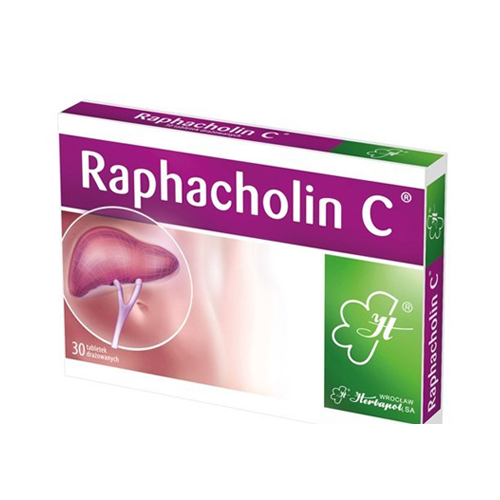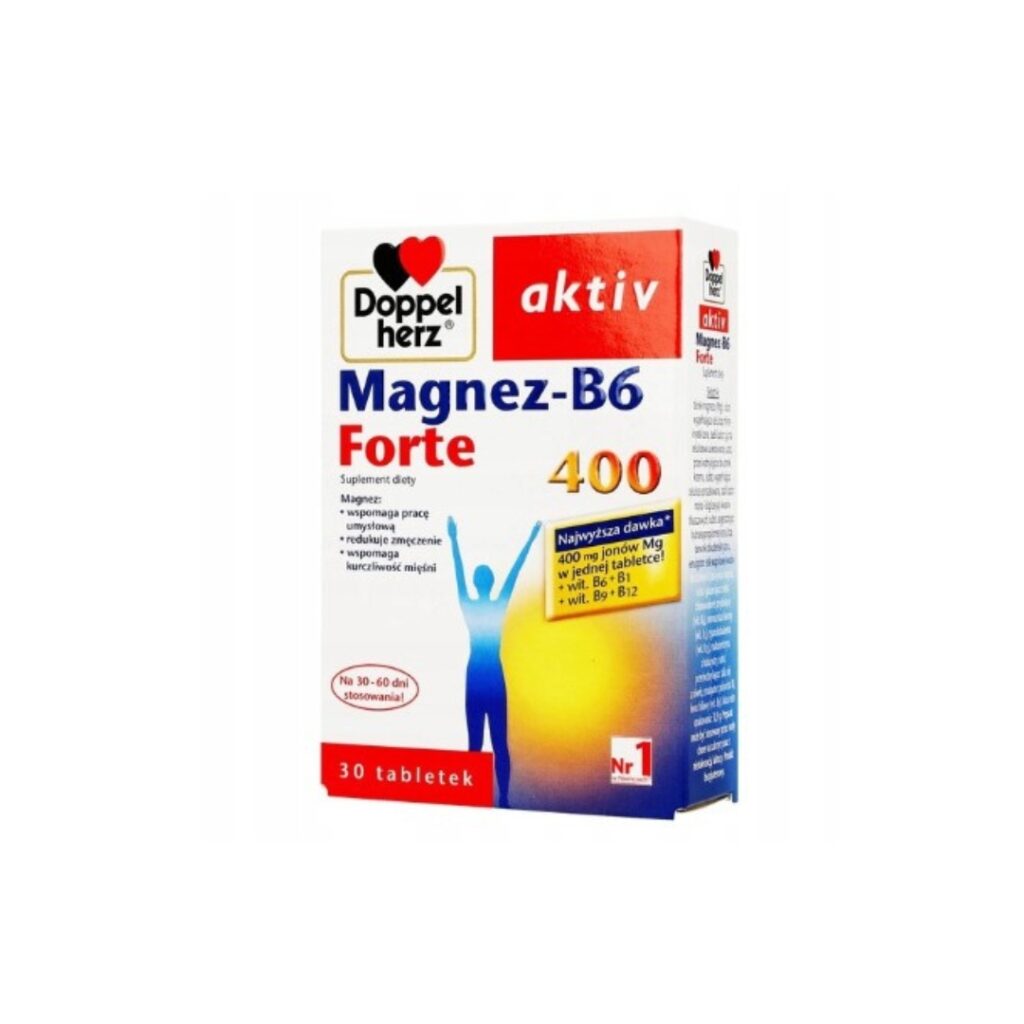What is Raphacholin C?
Composition of Raphacholin C
Contradictions of Raphacholin C
How to dose Raphacholin C
Side effects of Raphacholin C
Raphacholin C (30 Tablets)
Symptoms
Raphacholin C is traditionally used in cases of indigestion, digestive ailments related to abnormal liver function (flatulence, abdominal pain, belching, nausea, constipation), and disorders of the gallbladder contractile activity.
Active substances: Acidum dehydrocholicum, Cynarae herba, Menthae piperitae aetheroleum
Composition
| 1 coated tablet contains: | 150 mg of dry extract of Raphanus sativus L., radix (black radish root) with active carbon (1: 1), extraction solvent: ethanol 85% V / V |
| 47 mg of thick extract of Cynarae scolymus L., herba (artichoke herb), extraction solvent: ethanol 50% V / V | |
| 40 mg dehydrocholic acid (Acidum dehydrocholicum) | |
| 15 mg of the essential oil of Mentha piperita L., aetheroleum (peppermint essential oil) | |
| The other ingredients (excipients) are: sucrose, povidone, microcrystalline cellulose, gum arabic, calcium hydrogen phosphate dihydrate, colloidal anhydrous silica, talc, magnesium stearate, Pigment Blend PB-277000 coloring agent (black iron oxide and titanium dioxide). |
Dosage
1-2 tablets 3 times a day 30 minutes after a meal – in constipation 2 tablets on an empty stomach.
Use of the drug in children and adolescents
Do not use in children under 10 years of age.
In children over 10 years of age and adolescents, the dosage of the drug should be consulted with a doctor.
Contraindications
Do not use Raphacholin C:
- If you are allergic to the active substances or any of the other ingredients of this medicine,
- If there are severe liver diseases, obstruction of the biliary and gastrointestinal tract, acute and chronic inflammation of the stomach and intestines.
In the case of gallstone disease, use the drug after consulting a doctor.
Contents
Raphacholin C are round, glossy black coated tablets. Unit package – 1 blister made of PVC / Al foil containing 30 sugar-coated tablets in a cardboard box with patient information leaflet.
Storage method
15°C-25°C
Manufacturer
Warnings
Talk to your doctor or pharmacist before using this medicine.
Raphacholin C increases the volume of secreted bile, therefore in patients with gallstone disease there is a possibility of shifting the stones.
The drug should be used after an individual diagnosis of the patient’s bile duct condition has been carried out.
Raphacholin C contains sucrose.
Pregnancy and lactation
If you are pregnant or breastfeeding, think you may be pregnant or are planning to have a baby, ask your doctor or pharmacist for advice before taking this medicine.
The safety of the drug in pregnant and lactating women and its effects on fertility have not been studied.
Some components of the product pass into breast milk.
Interactions with other drugs
Tell your doctor or pharmacist about all the drugs that the patient is taking now or recently, and about the drugs that the patient is going to take.
So far, no significant interactions with other drugs have been described. At high doses with antihypertensive (blood pressure lowering) and diuretic drugs, it has the potential to cause hypokalaemia (i.e. serum potassium levels that are lower than normal).
Side effects
Like all medicines, this medicine can cause side effects, although not everybody gets them.
Adverse drug reactions are presented according to the MedDRA organ system classification and frequency of occurrence: very common (≥1 / 10); common (≥1 / 100 to <1/10); uncommon (≥1 / 1,000 to <1/100); rare (≥1 / 10,000 to <1 / 1,000); very rare (<1 / 10,000) including isolated reports; unknown (cannot be estimated from the available data).
During the use of Raphacholin C, the following may occur:
- Gastrointestinal disorders (loose stools) – not known
- Hepatobiliary disorders (biliary colic) – frequency unknown
- Immune system disorders (allergic reactions) – frequency unknown
In the event of any of the above-mentioned symptoms, the use of the drug should be discontinued.




